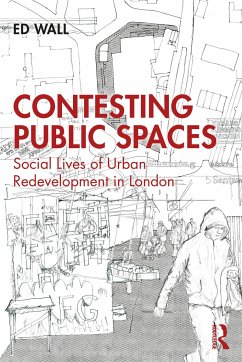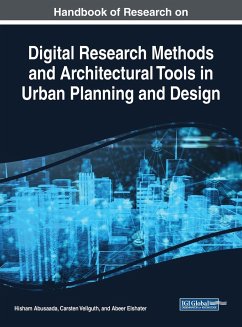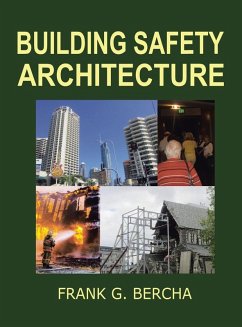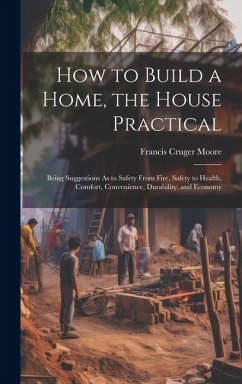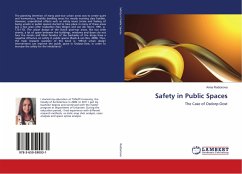
Safety in Public Spaces
The Case of Osdorp-Oost
Versandkostenfrei!
Versandfertig in 6-10 Tagen
41,99 €
inkl. MwSt.

PAYBACK Punkte
21 °P sammeln!
The planning intention of many post-war urban areas was to create quiet and harmonious, healthy dwelling areas for mostly working class families. However, unpredicted effects such as safety issues (crime and feeling of being unsafe in public spaces) started to take place in many of these areas just a few years after realization (Van Wegen and van der Voort, 1991, p. 172-173). The urban design of the Dutch post-war areas, like too wide streets, a lot of space between the buildings, windows and doors do not face the streets and blind facades of the backsides of the shops have a negative influenc...
The planning intention of many post-war urban areas was to create quiet and harmonious, healthy dwelling areas for mostly working class families. However, unpredicted effects such as safety issues (crime and feeling of being unsafe in public spaces) started to take place in many of these areas just a few years after realization (Van Wegen and van der Voort, 1991, p. 172-173). The urban design of the Dutch post-war areas, like too wide streets, a lot of space between the buildings, windows and doors do not face the streets and blind facades of the backsides of the shops have a negative influence on safety in public spaces (Rueb & van Nes, 2009). Thus, the main research question of this book is: "Which urban design interventions can improve the public space in Osdorp-Oost, in order to increase the safety for the inhabitants".



